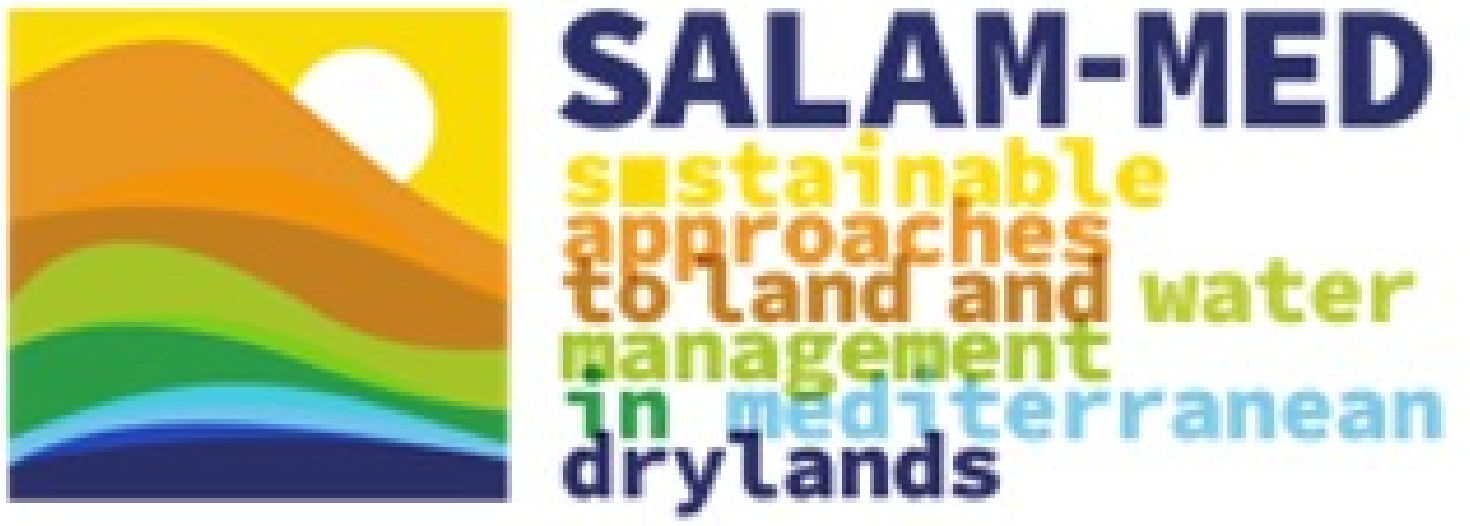Technology
Dynamic approach to Silvopastoral Systems
About the technology
The solution
Objectives of the project
Ecological context
Main constraints
The practical solution proposed may face constraints in navigating trade-offs between economic, social, and environmental productivity and long-term sustainability. Moreover, the influence of powerful stakeholders in decision-making can lead to biased perceptions, hindering the equitable distribution of benefits and system sustainability. Overcoming these constraints requires careful consideration, collaboration, and inclusive decision-making to foster balanced outcomes.
Solutions can have contraindications in the economic, social, and environmental domains, involving trade-offs between these domains’ productivity. This may impact financial viability and require a shift towards long-term sustainability. Powerful stakeholders may dominate decision-making, leading to biased perceptions and compromising the equitable distribution of benefits. Ensuring sustainability requires mitigating these challenges and promoting equitable involvement of all stakeholders.
Main business opportunities
Socio-economic context
Information to maximize the adoption
The adoption of this solution by end-users does not require advanced technical skills. Instead, their focus should be on implementing the decisions and advice provided by the DSS service provider. The technology itself is designed to be adaptable, allowing for customization to suit various contexts and scales, based on specific needs and conditions. The solution’s effectiveness and reliability are crucial, supported by rigorous testing, data analysis, and modelling approaches. It should also be cost-effective and reasonable, considering the industry and stakeholders involved. Sustainability and positive environmental impact are key considerations, and the solution must undergo thorough testing and validation. It is important to address potential conflicts of interest among stakeholders when selecting and implementing solutions, ensuring inclusivity, and considering the interests of all stakeholders involved.
End-users should not require advanced technical skills for monitoring, modelling, data analysis, and tool/software usage. Their competencies should focus on effectively applying the solution. The technology itself should feature a user-friendly interface, clear instructions, and accessible support resources. Additionally, it must exhibit adaptability, allowing customization to diverse contexts and scales based on specific needs and conditions. Demonstrating effectiveness and reliability through rigorous testing and validation is crucial for building trust and confidence. Cost-effectiveness and a reasonable return on investment are significant considerations. Finally, showcasing positive environmental contributions, such as biodiversity promotion and climate change mitigation, can enhance the solutions appeal.
Indexes
Workers needed
Skilled workers are essential
Ease of use
Learning to use the solution requires little time
Adaptability
Quick and easy to be adopted
Effectiveness
The solution address the challenge / problem
Reliability
The innovation is sufficiently stable over time
Cost
The investment needed to implement the innovation
Greenhouse emissions
Impact of on climate change
Water availability
The impact of technology on water availability
Water quality
The impact of technology on water quality
Technology Feedbacks

Pier Paolo Roggero
University of Sassari Italy
⭐ ⭐ ⭐
I fould some inconsistencies in the ray diagram. For example, the score on adaptability (3) is not consistent with the comment “quick and easy to be adopted”. Furthermore I don’t like the “problem solving” attitude as DLDD issues quiquire a systemic and holistic approach to enhance the resilience of silvopastoral systems leading to adaptive management more than just to a specific target to be fixed.
Have you had the opportunity to try this technology?
Leave your feedback and we will publish it.
Living Labs for testing and implementing this technology
Living Labs as a crossroads for the development of sustainable and resilient technologies for environmental, economic and social progress.
Italy
Tech Responsible contacts
Hawada Hassan
hawada@uniss.it
References
Lorem ipsum dolor sit amet, consec tetur adipiscing elit, sed do eiusmod
Lorem ipsum dolor sit amet, consec tetur adipiscing elit, sed do eiusmod
Do you want to learn more about the suitability of our technologies?
Use our solution finder to check the usability of this technology in your area or agricultural business.
Leave your Feedback

![[Silvopastoral Systems]_ Soil sensors](https://platform.salam-med.org/wp-content/uploads/2023/09/Silvopastoral-Systems_-Soil-sensors.jpg)
![[Silvopastoral Systems]_Weather station](https://platform.salam-med.org/wp-content/uploads/2023/09/Silvopastoral-Systems_Weather-station.jpg)
![[Silvopastoral Systems]_ Rain gauge near the trees](https://platform.salam-med.org/wp-content/uploads/2023/09/Silvopastoral-Systems_-Rain-gauge-near-the-trees.jpg)
